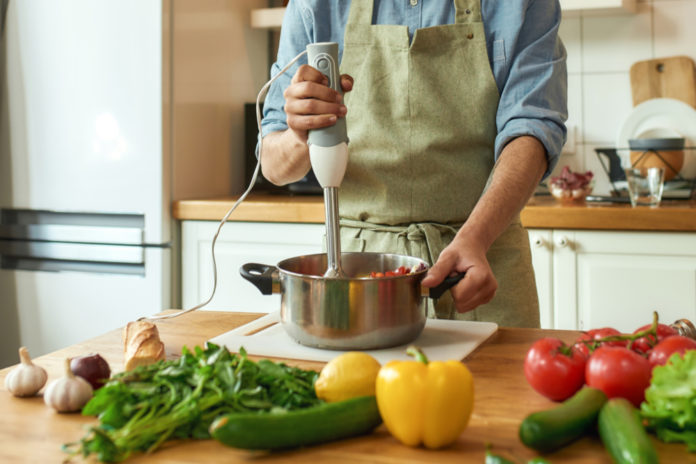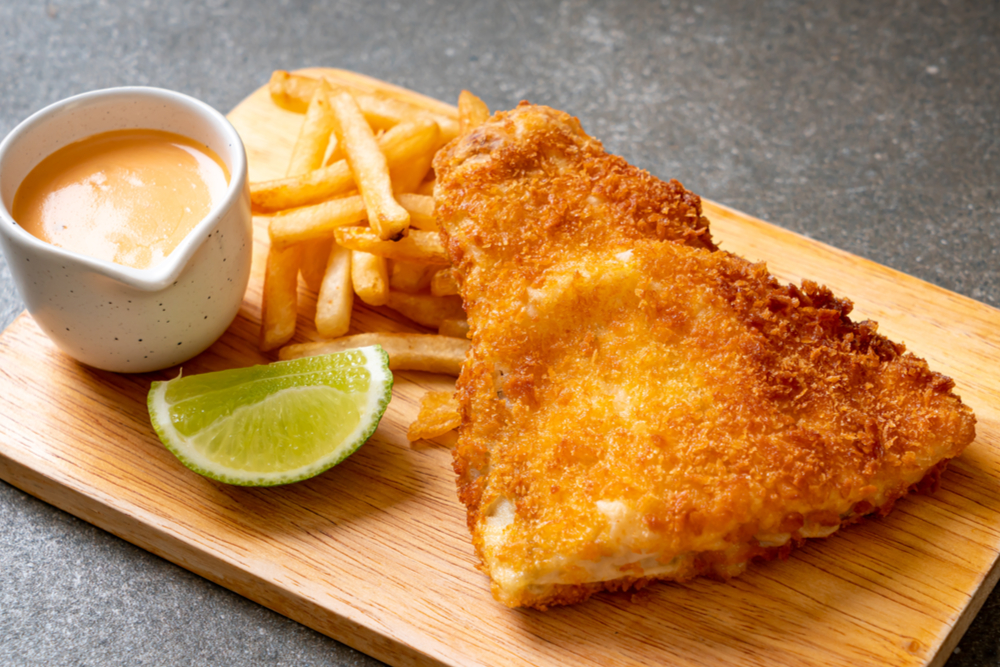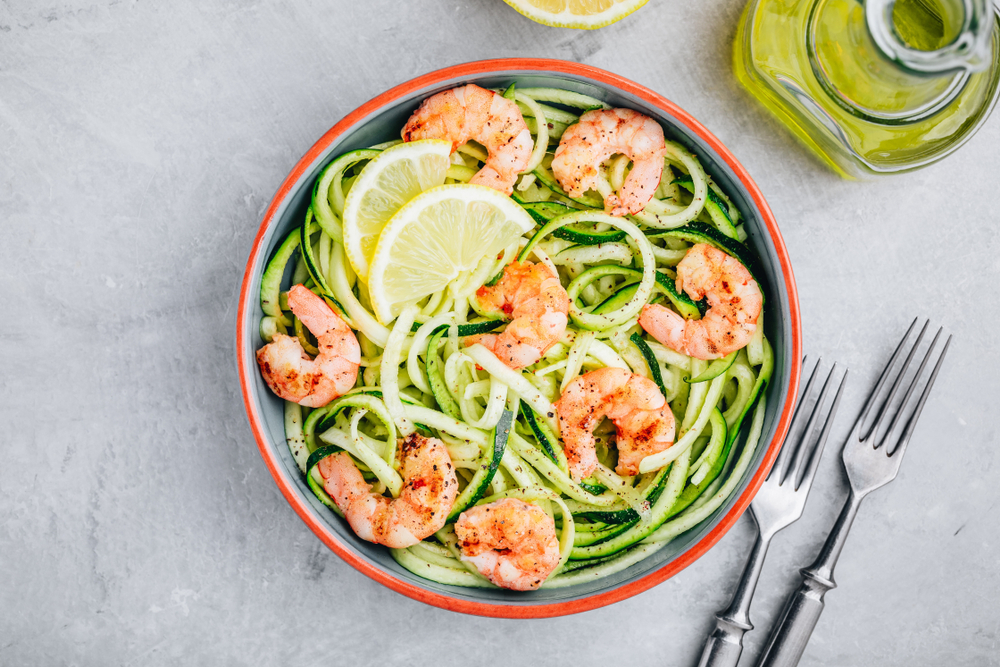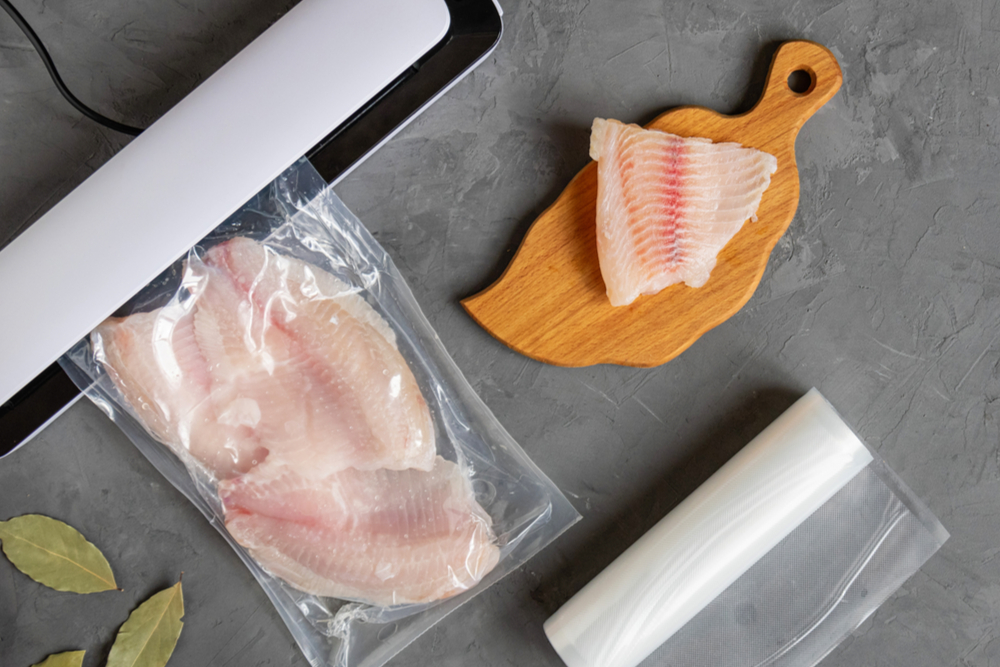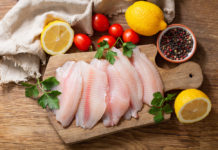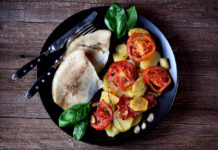Tilapia, like most seafood, is a versatile and agreeable ingredient that lends itself easily to a variety of cooking methods—and that means there’s no shortage of appliances you can use to prepare it.
Whether you’re wanting to try an entirely new technique or looking for a new way to pack flavor into your favorite dish, the six kitchen gadgets on this list—many of which you probably already have at home—can help. It’s time to dust off the immersion blender, plug in the air fryer and make the most of your next seafood meal.
Air Fryer
This appliance has surged in popularity in recent years—and for good reason! An air fryer is essentially a countertop convection oven that uses hot air to “deep fry” foods without heaps of unhealthy oil. Any recipes that require breading and frying, like our Tilapia ’n’ Chips can likely be cooked in an air fryer instead.
Tips for using an air fryer:
- Allow your air fryer to preheat—just like you would a standard oven.
- Avoid using aerosol cooking sprays as they can damage the appliance.
- Fry food in batches to avoid overcrowding the basket. This will ensure everything cooks evenly.
Immersion Blender
Unless you make a smoothie every day, chances are your blender is tucked away on a high shelf—meaning you probably avoid recipes that call for a purée or emulsified sauce. But with an immersion blender, you don’t need to fret. Also known as a stick or hand blender, immersion blenders are a great tool for whipping up small batches of pesto, hummus or salad dressing, and can also help make your favorite soups extra smooth and creamy.
Tips for using an immersion blender:
- For best results, allow hot dishes to cool a bit before blending.
- Make small circular motions when using an immersion blender to help ensure everything mixes together.
- Rinse the blade immediately after use to prevent foods from sticking in hard-to-clean nooks.
Spiralizer
Love pasta, but trying to cut down on carbs? A spiralizer is a bladed device that turns vegetables (think zucchini, butternut squash, beets and daikon) into noodle-like strands for healthier meals.
Tips for using a spiralizer:
- Cut your spiralized vegetables into pieces that are roughly the length of spaghetti noodles, as the spiralizer can make them quite long.
- Pat your “noodles” dry before cooking—especially if you use a vegetable that contains a lot of water.
Slow Cooker
If you have a busy schedule juggling work, family time and hobbies, slow cookers and crockpots are the appliance for you. Not only do they give you the option to “set it and forget it,” but they also maximize flavor by cooking things low and slow. Simply toss ingredients and spices into the pot, and let it simmer for a few hours.
Tips for using a slow cooker:
- Cut down on prep time by roughly chopping vegetables and herbs—with most slow cooker recipes, there’s no reason to be precise.
- Don’t add frozen protein to the pot; fresh Tilapia fillets and meats will come out best.
Smoking Gun
Compared to hot smokers and barbecues, smoking guns are used for preparing ingredients or lending a finishing touch—not for cooking. Often seen on celebrity and reality cooking shows, this appliance requires you to ignite wood chips and then trap the smoke in a cloche or covered bowl to infuse dishes with a smoky flavor.
Tips for using a smoking gun:
- Experiment with the appliance to find out what you like best. Smoking guns can be used to flavor everything from Tilapia and other mild fish to vegetables, fruits and cheeses.
- Pick your wood chips wisely. Different varieties (applewood, hickory, mesquite) will yield different flavors.
Immersion Circulator
An immersion circulator is the appliance you need to cook food sous vide style: a method that requires vacuum-sealing ingredients in a plastic bag and immersing them in a temperature-controlled pot of water. These recipes typically have a longer cooking time, but the results—concentrated flavors and perfectly tender (or flaky) proteins—are worth the wait.
Tips for using an immersion circulator:
- Check the plastic package for air leaks—you don’t want any water getting in, as it can dilute flavors and affect cooking speed.
- Use small amounts of seasoning and marinades. The longer cooking time really allows flavors to sink in.
With these appliances at your fingertips, there’s no limit to what you can create in the kitchen—especially if you use them to cook versatile ingredients like Tilapia. All you need to do now is pick which dish you want to try first.
For more dinner inspiration, check out our collection of fresh and flavorful Tilapia recipes.
Photo Credits: BAZA Production / Shutterstock Inc., gowithstock / Shutterstock Inc., Ekaterina Kondratova / Shutterstock Inc., Elena-Grishina, Shutterstock Inc.


